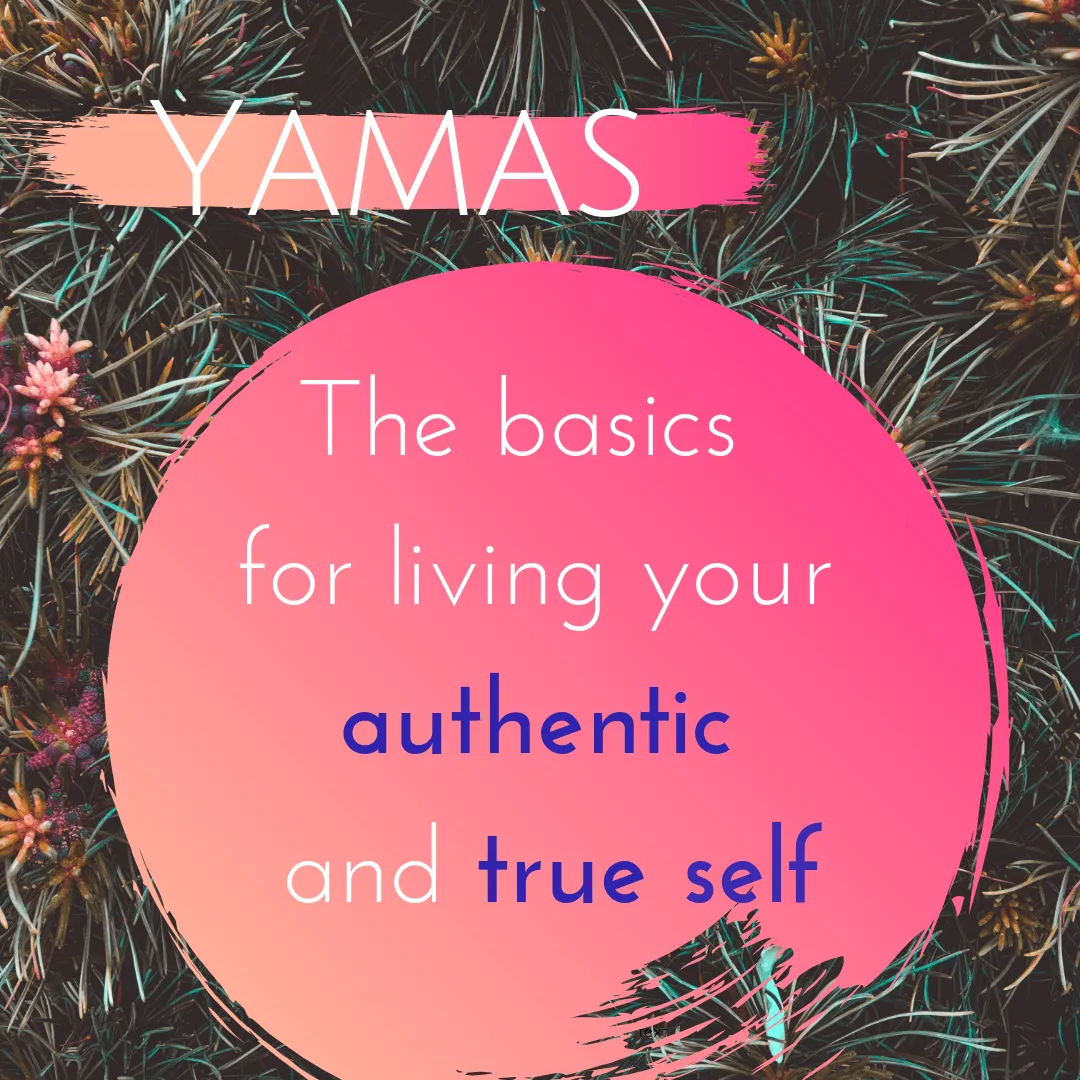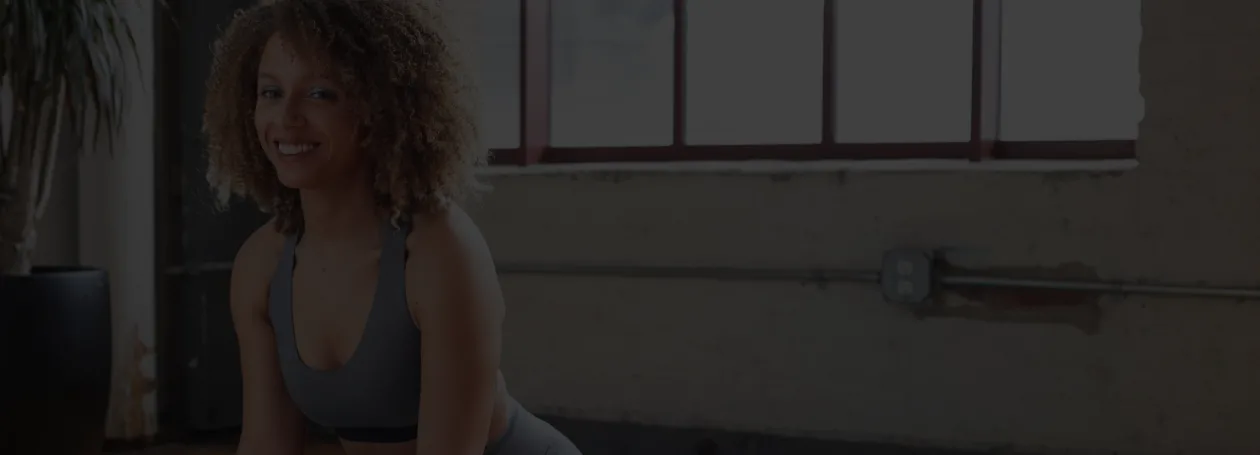

Yoga is comprised of 8 parts, and each part matters. Asana, which we often think of as Yoga, are the postures we do in a class. You’ll notice Asana is only 1 part!
Don’t be intimidated by the Sanskrit language for these - when you break it all down, it’s actually simple. It definitely falls into the category of “simpler said than done” but it is a concise guidebook.
We start with the Yamas and the Niyamas, which are lovingly called the do and do nots. They fall closely in line with just general good behavior. The purpose of these steps is to build an internal integrity and a clean unruffled perspective.
For example, if you keep your house in good order, it becomes easier for you to move through it. If you keep it very messy and cluttered, you might move slower through your hallways or even have trouble finding things. In this example, the house is your mind and body. The Yamas and Niyamas help you to keep your mind and body in order.
These are the physical postures of yoga. The simple idea is that to maintain the Yogic path of living, you must be healthy. Your body should be strong. Your mind should be open and uncluttered. Asana is a practice that helps us strengthen the bond between the body and mind.
In Yoga philosophy, Prana is the energy that flows through all things. And before you classify this as new age or spiritual, think of prana as just being “what exists.” Prana is a flow that we all experience. When you are nervous about an upcoming presentation, you feel flutters in your stomach perhaps. This might be a nervous response, but we can symbolically think of this of prana fluttering. When we feel bored, we often also feel heavy and a little sleepy. There are all sorts of physical reasons why - but we can think of this of slow and heavy prana.
With this perspective, Pranamaya helps move this energy around in beneficial ways.
If you feel very nervous, you might notice that taking ten very slow and very deep breaths calms you. This is an example of Pranamaya.
This is the practice of training your awareness away from the outside world and turning it inward. We practice Pratyhara by noticing what is going on inside - our habits, our beliefs, our hopes and everything else in between. Here we learn the art of stepping back a little to just notice these internal patterns, doing our best to not criticize them. It can be truly surprising how much change can happen when you just notice something.
This often is referred to as a practice of concentration. We begin to develop the tools for concentration by practicing Asana and Pranamaya. This helps us prepare for meditation. For example, in Asana we concentrate on the pose itself. When practicing Dharana, we might choose an object to singularly focus on. Commonly, concentration on a mantra or even just a single sound can be done.
Find a comfortable seat. Gaze at a small flame for a few moments. Close your eyes and focus on the afterimage of the flame. Attempt to think of nothing else other than this image until it disappears.
Dhyana follows Dharana as this become a concentration on just the mind. Here, we no longer focus on a thing - we simply have a sharp awareness. We often call this practice meditation or mindfulness. Considering that as humans, we are trained to notice, respond and do so many things with our mind, this practice is absolutely difficult. This is why we first start with Dharana - training the mind to focus and concentrate on a thing before removing that focal point and practicing Dhyana.
Simply put, Samadhi is experiencing the peace of simply existing. It is being present without stress, anxiety or busy thoughts. There is also a genuine sense of connectedness between you and all other living things. This is the peak moment within the 8limb path - and don’t worry - if you experience Samadhi you won’t be walking around like a zombie with a half-smile. This is an experience that comes and goes and eventually becomes a beautiful backdrop to how you experience your life.

Receive personalized guidance tailored to your unique fitness goals, live with a dedicated coach—no credit card required.